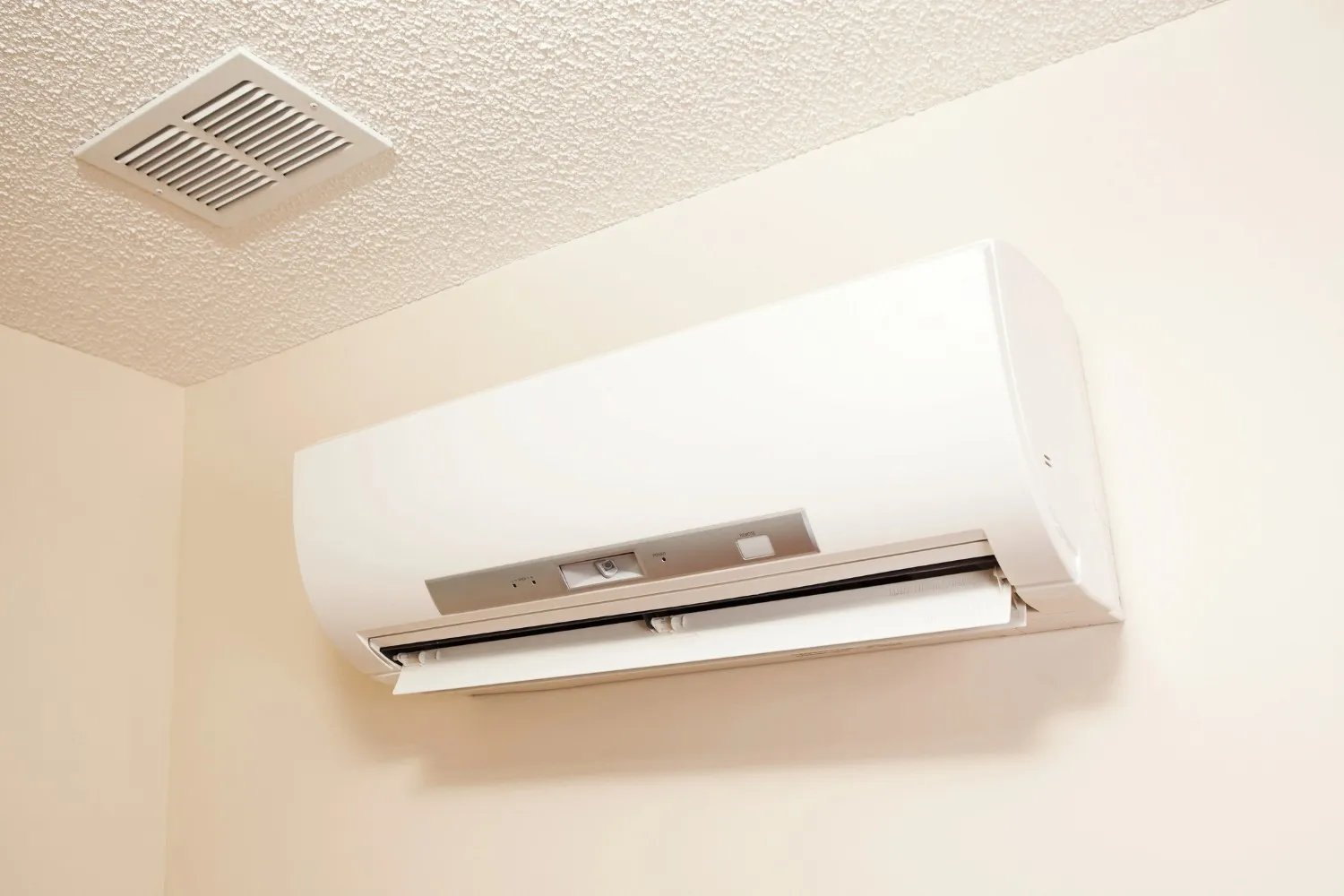Mini Split Installation in Oakdale, PA

What Is a Mini-Split System?
A ductless mini-split system consists of an outdoor condenser and one or more indoor air-handling units. Unlike traditional forced-air systems, mini-splits require no ductwork. Each indoor unit connects to the outdoor condenser via a compact line set, allowing individual temperature control in each zone. Systems may include:
- Single-zone mini-splits for one room or area
- Multi-zone configurations to heat or cool multiple spaces independently
- Heat pump models for year-round climate control

Benefits of Ductless Mini-Splits
- Zoned Comfort: Adjust temperature settings in individual rooms without affecting the entire building. Perfect for bedrooms, home offices, sunrooms or additions.
- Energy Efficiency & Savings: Variable-speed compressors and inverter technology modulate output to match demand, reducing energy consumption and lowering utility bills.
- Improved Indoor Air Quality: Advanced multi-stage filtration captures dust, pollen and other airborne particles. Many units also offer anti-mold and anti-bacterial features for a healthier living environment.
- Quiet Operation: Indoor units operate at whisper-quiet noise levels, typically under 30 decibels on low fan speeds, making them ideal for bedrooms, libraries and media rooms.
Our Installation Process
- Site Assessment & Load Calculation
- Inspect room dimensions, insulation, window orientation and sun exposure
- Perform Manual J load calculation to determine optimal system capacity
- Indoor Unit Placement & Bracket Installation
- Select a discreet, structurally sound location on an interior or exterior wall
- Secure mounting bracket level and plumb to ensure proper refrigerant drainage
- Line-Set Hole Drilling & Concealment
- Drill a single 3-inch hole for refrigerant lines, condensate drain and wiring
- Seal penetrations with weather-resistant materials and conceal with trim covers
- Refrigerant Lines & Electrical Hookup
- Run copper refrigerant lines and electrical conduit between indoor and outdoor units
- Connect to a dedicated circuit breaker and install required disconnects
- Outdoor Condenser Setup
- Position condenser on a level pad or wall brackets to minimize vibration
- Verify proper clearance around the unit for airflow and maintenance access
- Vacuum & Refrigerant Charging
- Evacuate air and moisture from the refrigerant lines using a high-vacuum pump
- Charge system to manufacturer specifications for optimal cooling and heating performance
- System Testing & Calibration
- Energize the system, verify compressor operation and inspect for leaks
- Calibrate thermostat settings and remote control functions
- Customer Education & Warranty Review
- Demonstrate basic operation, filter maintenance and error-code troubleshooting
- Review manufacturer warranty coverage and our workmanship guarantee
Cost Factors & Financing
Although mini-split installation costs vary depending on factors such as number of zones, unit capacity and required electrical upgrades, most homeowners in Oakdale find the investment pays off through energy savings and increased comfort. Key cost drivers include:
- Unit type and efficiency rating (SEER, HSPF)
- Number of indoor units and line-set lengths
- Labor hours for site preparation, electrical work and refrigerant handling
- Permit fees and any required electrical panel upgrades
Explore local rebates, tax credits and flexible financing options to make your project more affordable. Take advantage of Pennsylvania’s energy-efficiency incentives and manufacturer rebates available through leading brands.
Models & Brands We Install
We partner with top-rated manufacturers known for reliability, efficiency and industry-leading warranties:
- Mitsubishi Electric (M-Series and Hyper-Heating models)
- Daikin (Emura and Quaternity series)
- Fujitsu (Halcyon line with wide operating range)
- LG (Art Cool and Multi V options)
Each brand offers a variety of SEER ratings, heat-pump capabilities and multi-zone configurations to match your comfort goals and budget.


Schedule Service Today!
Contact us to schedule or request an estimate on installation and replacements!


We are here to help. A person on our team will text you back! 🙌





















.avif)


